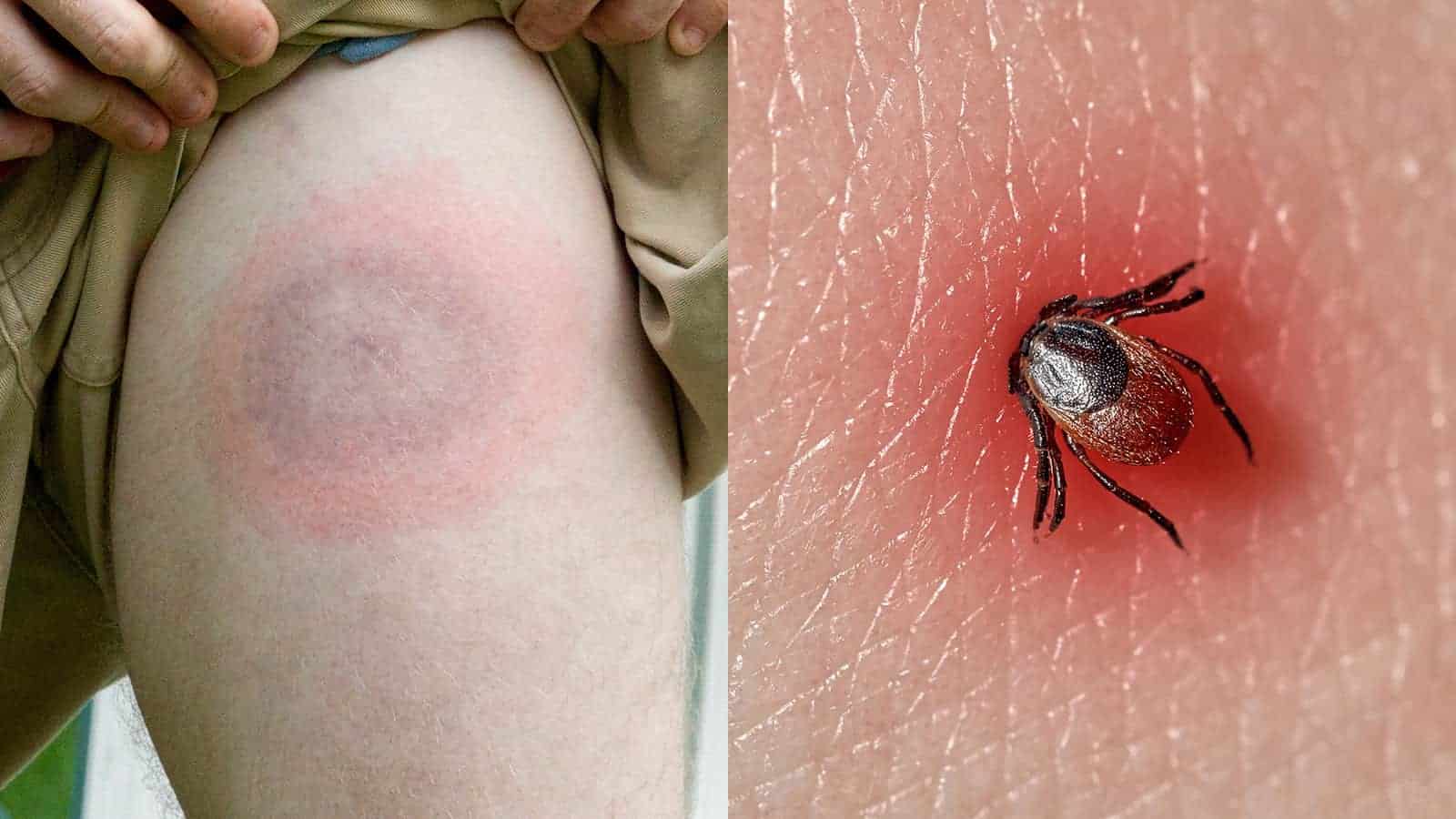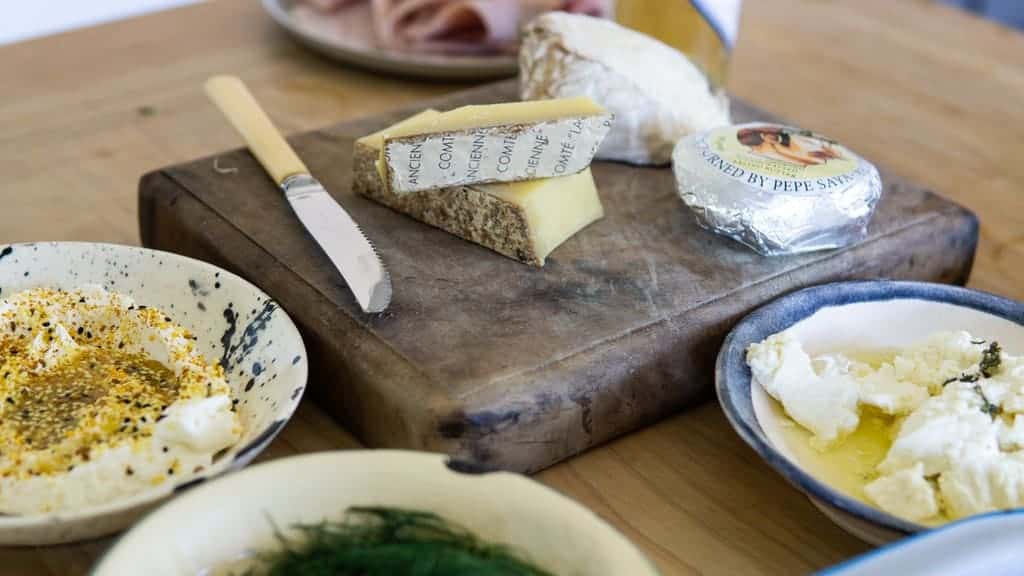Lyme disease prevention and treatment are all about feeding your body with healing foods. These foods are filled with essential vitamins and nutrients that help to improve your overall health while allowing your body to better recover from the effects of Lyme.
The Lyme Recovery Diet
As Lyme triggers inflammation in the body as well as digestive issues, anyone with Lyme has to be as careful as possible to focus on filling their diets with healthy, anti-inflammatory foods.
Foods to Eat for Lyme Disease Prevention
Healthier eating is the key to better health as you recover from Lyme disease. While each body will have its own set of foods that they are compatible with it, there is a list of doctor-approved foods that are a must for anyone working on Lyme disease prevention or recovering from this disease. The following guide details important foods to eat during this time:
1. Water
When it comes to the best foods that are ideal for preventing Lyme disease, water is number one. As the human body is composed of 60% water, making it a priority to consume the required amount of water will help your body fight any illness as it will work to ensure your body is functioning in its prime.
Not sure how much water your body needs when recovering from Lyme disease? When drinking water, it’s best to consume room temperature water as the body will absorb it faster, leading to higher levels of hydration.
In addition to preventing dehydration, drinking more water will improve your body’s detoxification abilities. As Lyme patients accumulate excess amounts of toxins, it’s incredibly important that they increase their water intake to flush the toxins out of their bodies.
2. Leafy Greens
Leafy greens like kale, spinach, lettuce, broccoli and the like are all incredibly important for individuals recovering from Lyme. Lyme patients need to improve their intake of minerals and vitamins ad the best way to do this is to fill their diet with leafy greens that are high in nutrients.
These leafy veggies offer incredible benefits like heart protection, increased energy, and an improved immune system.
The darker green vegetables in particular offer individuals more concentrated nutrients than other types of veggies.
Improving one’s immune system is particularly important for Lyme patients. Vegetables that are high in beta-carotene like spinach, kale, and lettuce are especially helpful for increasing your body’s ability to fight infections.
These veggies also give a boost in energy that is an absolute must for recovering from Lyme as one of the most unforgiving symptoms of this disease is the excessive fatigue it brings. Thanks to these veggies, you’ll be able to add some energy to your daily diet.
3. Sunflower Seeds
While many people love snacking on sunflower seeds, these tasty snacks actually are an important part of the Lyme diet. These seeds are high in Vitamin E and are effective in increasing one’s antibody responses.
As such, sunflower seeds are powerful immune boosters that help your body bounce back after fighting Lyme. This delicious snack can be added to almost any of your favorite meals to help you boost your intake of this important vitamin.
4. Salmon
High in omega-3’s, salmon is a fatty fish that can do a world of good for all recovering Lyme patients. Known to reduce inflammation, making salmon a regular part of your diet is an excellent way to increase your intake of important nutrients.
In addition to its fatty acid content, salmon is an important source of protein that will help you build up your health after Lyme. With less saturated fat than popular protein sources, salmon is a great food option for improving heart health and promoting positive mental health.
5. Kimchi
Kimchi, the Korean dish that is made with fermented cabbage is another important food for fighting Lyme disease. As kimchi helps to produce good bacteria.
This good bacteria is helpful as you work to repair your gut in your recovery process for Lyme disease. While most people don’t understand exactly what their gut does, many of the negative symptoms associated with Lyme can be traced back to the gut.
Everything from depression and headaches to chronic pain and fatigue can be affected by the state of your gut health. By prioritizing your gut health and eating more kimchi, you’ll be able to reduce the effects of Lyme and improve your overall health.
6. Turmeric
Whether you’re using the spice when cooking or you take a turmeric supplement, this ancient anti–inflammatory spice promises to benefit anyone working to recover from Lyme.
As a treatment for Lyme, this spice will help to lower one’s risk of bacterial infections and relieve other symptoms of Lyme. With this all-natural Lyme treatment, experts say that this spice will also work to relieve any arthritis joint pain commonly associated with Lyme.
7. Chickpeas
Whether you are eating hummus or adding these chickpeas to your meals, doing so will help to improve your overall health after Lyme.
These popular legumes are a great way to help your body recover after Lyme. Chickpeas are full of the important Vitamin B6, which helps to improve your body’s immune response.
It’s easy to add this food to any meal, which makes it one of the most popular foods to consume while healing after Lyme.
8. Sweet Potatoes
Whether you bake the sweet potatoes or heat them up in the microwave, adding this veggie to your diet is a great way to combat the effects of Lyme.
As sweet potatoes are high in Vitamin A, they make it easy to boost your immune support. According to experts, vitamin A in sweet potatoes plays a significant role in fighting any infection as a deficiency in this essential vitamin has been linked to impaired immunity.
9. Stevia
Stevia is a natural sweetener that is also viewed as an effective food to fight Lyme as this sweetener can kill the bacteria species known for causing Lyme.
This sweetener kills the borrelia burgdorferi bacteria that will otherwise wreak havoc on your body. Though stevia has predominantly been tested on isolated bacteria in certain studies, many Lyme patients swear by this treatment.
Additionally, experts note that stevia is a biofilm disruptor, which means that this natural sweetener works to fight the biofilm produced by Lyme bacteria.
10. Garlic Essential Oil
Garlic oil has proven to be effective in killing Lyme bacteria. This medicinal oil also helps to alleviate the common symptoms associated with Lyme. Some statistics even how these natural treatments are even more effective than typical antibiotics Lyme treatment.
Foods to Avoid When Treating Lyme
Just as you need to eat very intentionally while treating Lyme disease, it’s also necessary to avoid eating foods that will trigger or aggravate Lyme bacteria. The following foods should be avoided when recovering from Lyme:
1. Sugar
Experts say that bad bugs like Lyme and candida feed on sugar. Others link one’s sugar intake to the suppression of the immune system.
As sugar and sugary foods will ultimately take its toll on the immune system, Lyme patients need to stay away from sugar.
2. Grains and Gluten
As grains or products with gluten are often genetically modified and heavily processed, they should be avoided. For individuals working to recover from Lyme, it’s important to completely eliminate any grains and gluten from their diet.
Many Lyme patients report that they feel better overall after they cut out grains and gluten from their diet.
Additionally, experts have linked grains to issues with cognitive function as well as a leaky gut.
3. Dairy
Non-organically sourced dairy is to be avoided for those with Lyme. If you are sensitive or allergic to dairy, it’s best to avoid any dairy products altogether.
Clean dairy products can be part of the Lyme diet as long as they aren’t causing any added inflammation.
4. GMOs
High in pesticides and generally unhealthy, GMOs have been linked to inflammation and should not be included in any Lyme patient’s diet. Typically, the most commonly modified foods are cotton, canola, soy, and corn.
Caffeine and Alcohol
Excess stress on the body will lead to dehydration, which will work against your attempts to recover from Lyme. It’s best to steer clear of alcohol and caffeine as they are diuretics that may lead to dehydration if you aren’t careful.
5. Trans Fats
Trans fats are unhealthy as they negatively affect the heart and should be avoided as much as possible. For Lyme disease prevention, it’s import to read labels to make sure one avoids consuming these trans fats.
6. Unhealthy Saturated Fats
Saturated fats that come from meats that are grain-fed tend to be inflammatory. Moreover, these fats contain antibiotics and hormones that will work against your attempts to recover from Lyme.
When looking for healthy saturated fats, opt for the kind that comes from grass-fed meats.
7. Processed Foods
Processed foods contain a significant amount of chemicals to help increase their shelf life. These ingredients can be particularly harmful to anyone treating Lyme and should be avoided.
8. Foods with Dyes, Colors, and Additives
Foods that have unnatural dyes, colors, or additives have all been linked to health concerns. Moreover, as these additions are all man-made, they won’t benefit your body in the same way natural foods will.
Final Thoughts on Lyme Disease Prevention
For those dealing with Lyme, eating the right foods is the first step in finding your way back to feeling as healthy as you did prior to Lyme’s symptoms. While eating properly isn’t the only way to treat Lyme, it is absolutely essential that you consume food that will work to heal your body rather than hurt it.
Keep this guide in mind as you work to treat Lyme and heal from its symptoms. With consistency and the right food choices, you’ll start noticing how this careful and intentional diet positively transforms your life.

Love us? Pin us!


















